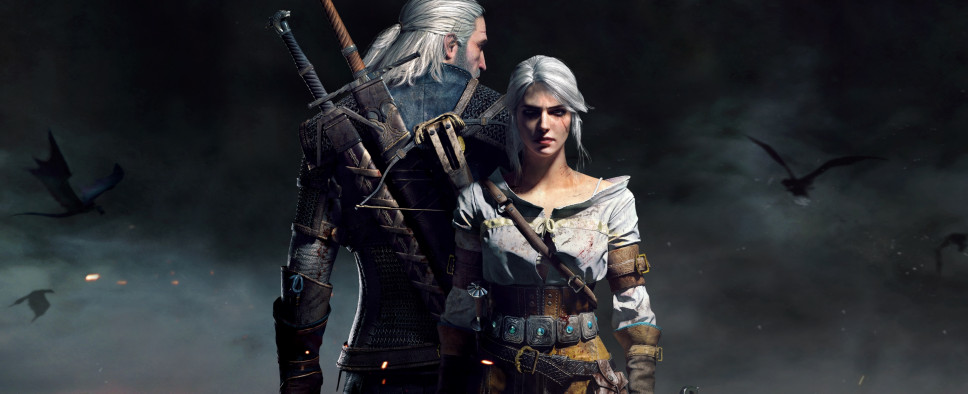Why PC Gamer Loves The Witcher 3's Topography
-
Category: News ArchiveHits: 2032

In an op-end piece on PC Gamer, we learn why the author is fascinated with CD Projekt RED's artistic approach and sheer attention to detail as it applies to the lay of the land in The Witcher 3: Wild Hunt and its expansions. It's the little things, indeed:
Even amid the gentle farmland of White Orchard there’s evidence of geological processes at work. Sheer, sandy banks overhang the river, fringes of grass suggesting ongoing erosion. Where many RPGs would dump a river in a convenient trough in the landscape, The Witcher 3’s ragged, crumbling riverbanks convince me that this stream was flowing eons before Geralt wandered by.
When the heavens open, rain spatters every exposed surface. Decades-old games can simulate rain of course, but as the torrent develops, rivulets start to run down rock faces, explaining how their deep crevices developed. Even throwaway items like a quest-specific frying pan catches raindrops as you hand it to an NPC.
Rocks, clifftops, tree roots and all the imperfections that make nature a pain in the arse each get their time to shine. They never feel like assets studding the landscape for variety’s sake, as boulders often do in Skyrim, for example. They are the landscape, born of imagined natural processes. I like to believe The Witcher’s NPCs considered the lay of the land before building their hovels. Roads, for example, typically take the easiest route up a hill, skirting ridges though a straight route would be quicker.

